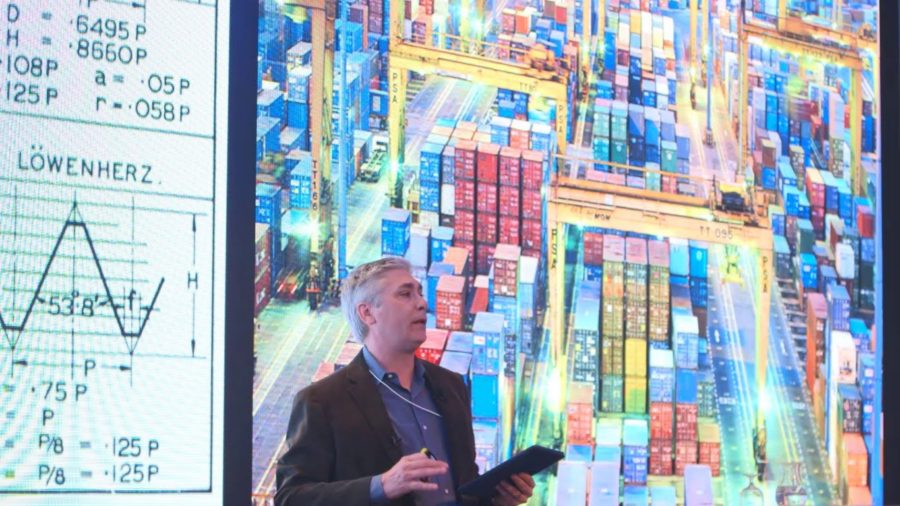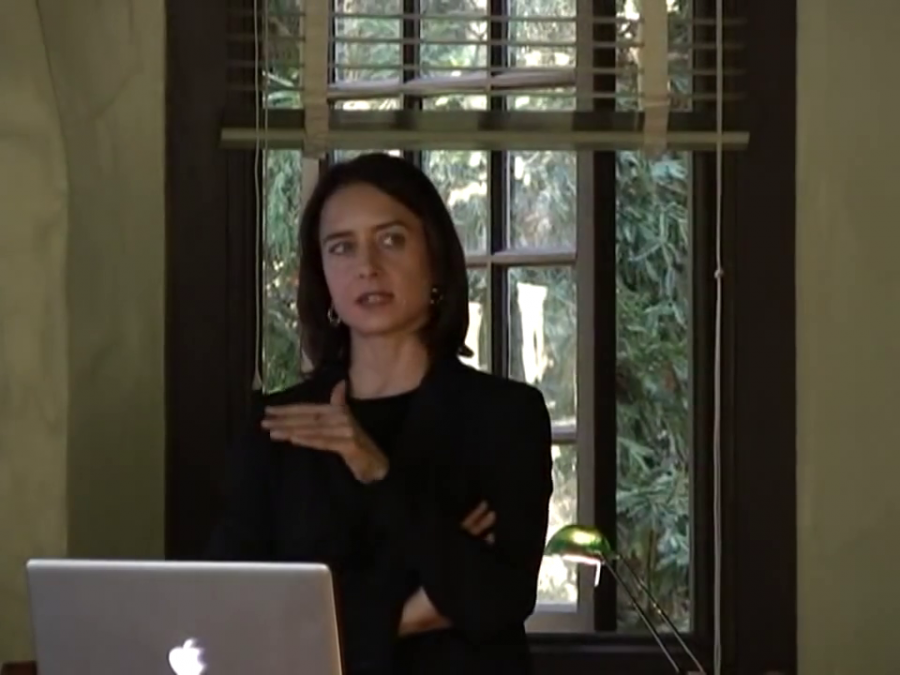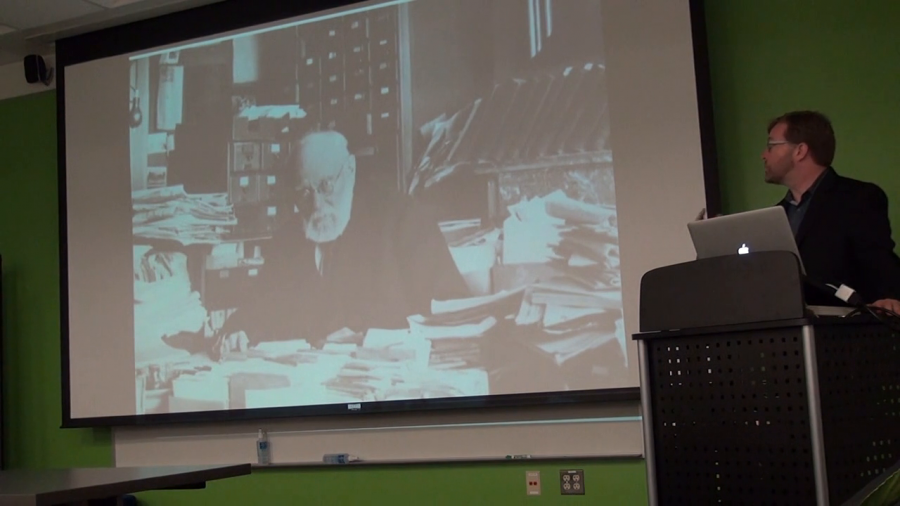So, how do we make sense of new media? How can we guard against our temptation to assume, our implicit sense, even, that everything in our experience of today’s emerging digital media is brand new and unprecedented? And how do we do that while also appreciating the things that really are new or unique to our current cultural context and moment in history?
Archive
We’re continuing our series of installments, focusing on what makes new media new. Or put another way, how new are new media, really?

One of the ways that industrial revolutions are interesting to think about is that they look differently depending on how and where you see them from. They look different whether you see them from Europe or Asia or Africa. But regardless of time or place, economists and historians generally tend to look at industrial revolutions through the lens of innovation. And in my short talk today I want to encourage a different way of thinking about this.

Morse code knitting is a component of a larger study that I’m doing on the culture of binary systems across many centuries. One premise of that historical investigation is that the powerful adaptability of binary systems is revealed partly through their diversity.

I wanted to give you a little bit of perspective on Otlet’s broader vision, which I think is in a way even more interesting as a reference point for thinking about some of the changes we’re seeing today as our lives are increasingly reshaped by technology and networks. What Otlet offers is a different way into that space, and a different way of thinking about what a networked world could look like.
